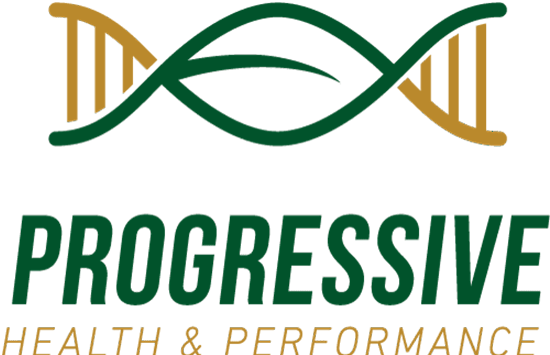Start with our personal training team today
Schedule a free intro with one of our personal trainers
Fill out the form below to get started
Take the first step towards getting the results that you want
Learn more about our privacy & cookie policy.
- 1Join a fitness community committed to your success
- 2Get a personal training program tailored to your needs
- 3Get stronger, healthier, and happier
Work with the best gym in Murrieta, CA, to overcome:
You deserve to be healthy and happy.
What our members say
Testimonials
Achieve your goals with us.
This is an awesome gym, the trainers are professional, positive and dedicated. This gym is a hidden gem! I have reached many of my health goals and will continue to come and better myself. I highly recommend this place!!
Nancy Olsen
Would rate it more if I could. This place is amazing. I tried everything short of surgery to ease my pain from injuries, but this place made my life much better and helped and kept me accountable towards my recovery and a better well-being. Thanks to Anthony for helping me and dealing with my injuries towards recovery.
Ren Ramirez
I have nothing but good things to say about this gym. I came in feeling scared to leave my comfort zone, but was pleasantly surprised to find myself warmly welcomed. All the trainers are professional and really want to help you reach your goals. I wasn't thrown into workouts that were beyond my abilities and the trainers had patience to answer my questions.
